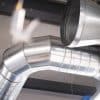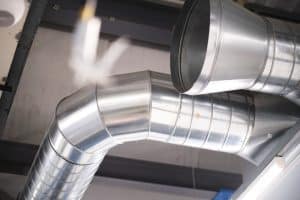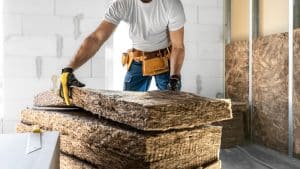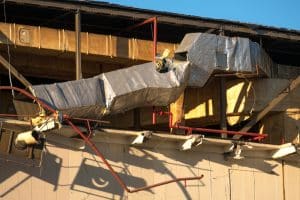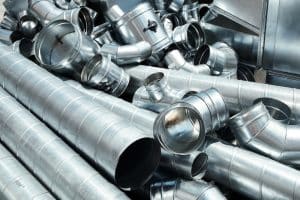What is Spiral Ducting
There is more than one kind of ducting. Naturally, the differences between these types of ducting makes them suitable for certain situations over others. Spiral ducting is no different.
In this blog, we will answer the question ‘What is spiral ducting?’
To prevent mould, fresh air should always be introduced into your dwelling daily, as it helps to regulate temperature and reduce condensation. Introducing fresh air can be as simple as having a ventilation routine, or installing extractors or PIV systems.
To prevent mould, fresh air should always be introduced into your dwelling daily, as it helps to regulate temperature and reduce condensation. Introducing fresh air can be as simple as having a ventilation routine, or installing extractors or PIV systems.
Having an understanding of the uses and reasoning for ducting can be just the information you need in order to get the correct ducting to fit your needs. Knowing how their differences can save you any potential mistakes if you choose to set it up yourself.
I-Sells is here to provide the answers you require whilst also supplying you with all the information you need to combat mould and have a well-ventilated home.
What does ducting do?
Before we delve into the different kinds of ducting, it is best to get an understanding of what ducting does.
Ducting refers to passages or conduits used in ventilation systems to deliver and remove air. These airflows can include supply air (fresh air brought into a space), return air (air circulated back to the system for conditioning), and exhaust air (stale air removed from a space).
Ductwork plays a vital role in ensuring proper air quality and thermal comfort within a building. Here’s are the key functions of ducting:
- Airflow Delivery: Ductwork channels conditioned air (heated, cooled, or ventilated) from the central HVAC unit to various rooms or zones within a building. This ensures even distribution of treated air throughout the space.
- Exhaust Removal: Ducts also serve to remove stale, odorous, or humid air from bathrooms, kitchens, and other areas. This helps maintain good indoor air quality and prevents moisture build-up.
- Climate Control: By efficiently delivering conditioned air and removing unwanted air, ductwork plays a critical role in regulating temperature and humidity within a building, contributing to occupant comfort.
- System Efficiency: Properly designed and installed ductwork minimizes air leaks and pressure losses, ensuring the HVAC system operates efficiently. This translates to lower energy consumption and reduced operational costs.
Ductwork comes in various shapes and materials, with the most common being:
- Spiral Duct
- Flexible Duct
- Rectangular Duct
Overall, ducting is an essential component of ventilation systems, silently working behind the scenes to ensure good air quality, thermal comfort, and efficient climate control within a building.
What is spiral ducting?
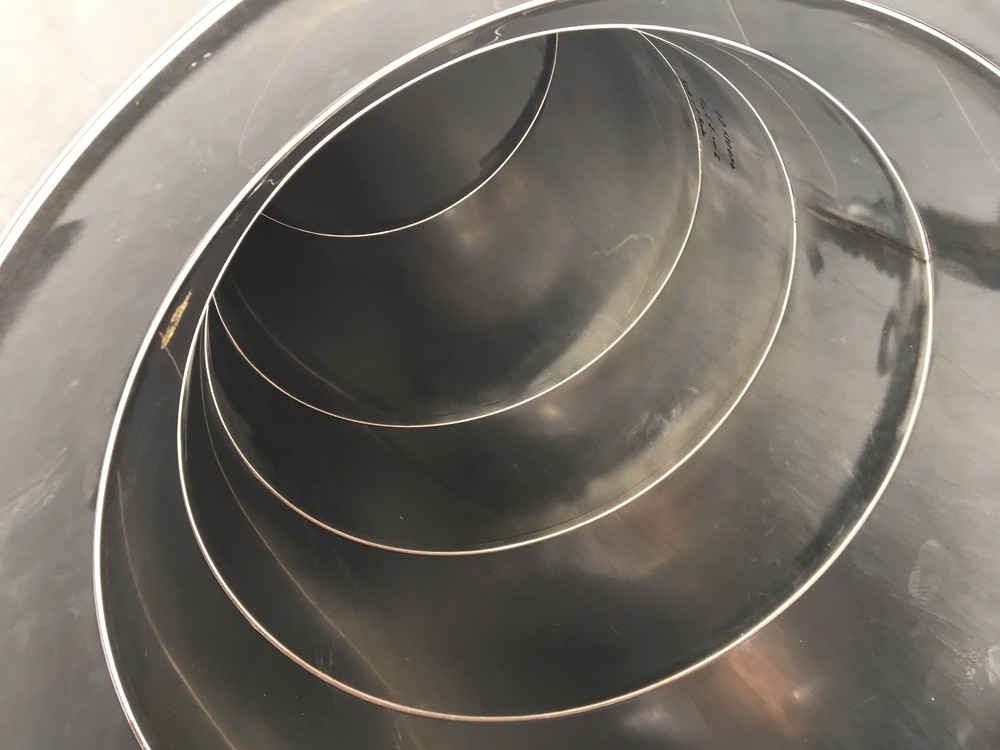
Spiral ducting is a type of ventilation ductwork characterized by its continuous, helical seam. Here are its key features and applications:
Construction and Appearance:
- Made from Sheet Metal: Spiral duct is typically manufactured from galvanized steel sheet metal, offering durability and resistance to corrosion. Stainless steel is also an option for specific requirements, like applications in the food industry.
- Helical Seam: A machine rolls the sheet metal into a long spiral, creating a continuous seam that joins the edges. This eliminates the need for traditional right-angle joints, reducing leakage points and creating a smooth, cylindrical duct.
- Size Variations: Spiral ducts come in a wide range of diameters, typically from around 80 mm (ca. 3 inches) up to 500 mm (ca. 20 inches) in diameter. Larger diameters can be produced upon request with some lead time.
Benefits and Applications:
- Cost-Effective: The continuous manufacturing process and less material waste compared to traditional rectangular ducts with multiple joints make spiral ducting a cost-efficient option.
- Leak Reduction: The helical seam minimizes air leakage from the duct, which is crucial for maintaining efficient airflow within a ventilation system.
- Lightweight: Compared to rectangular ducts made from the same gauge metal, spiral ducts are lighter due to less material being used. This can be beneficial for suspended ceiling installations.
- Versatility: Spiral ducts are suitable for a wide range of ventilation applications, including:
- Heating, Ventilation, and Air Conditioning (HVAC) systems
- Dust collection systems
- Fume extraction systems
- Industrial air handling
Considerations and Installation
- Bends and Fittings: While straight lengths of spiral duct offer advantages, creating bends and connecting to other ducts may require additional fabrication or specialized fittings.
- Professional Installation: For optimal performance and proper integration into a ventilation system, it’s recommended to have experienced professionals install spiral ducts.
Overall, spiral ducting offers a cost-effective and versatile solution for various ventilation needs. Its lightweight design, leak-resistant construction, and wide range of size options make it a popular choice for contractors and building projects.
Is spiral ducting the same as flexible ducting?
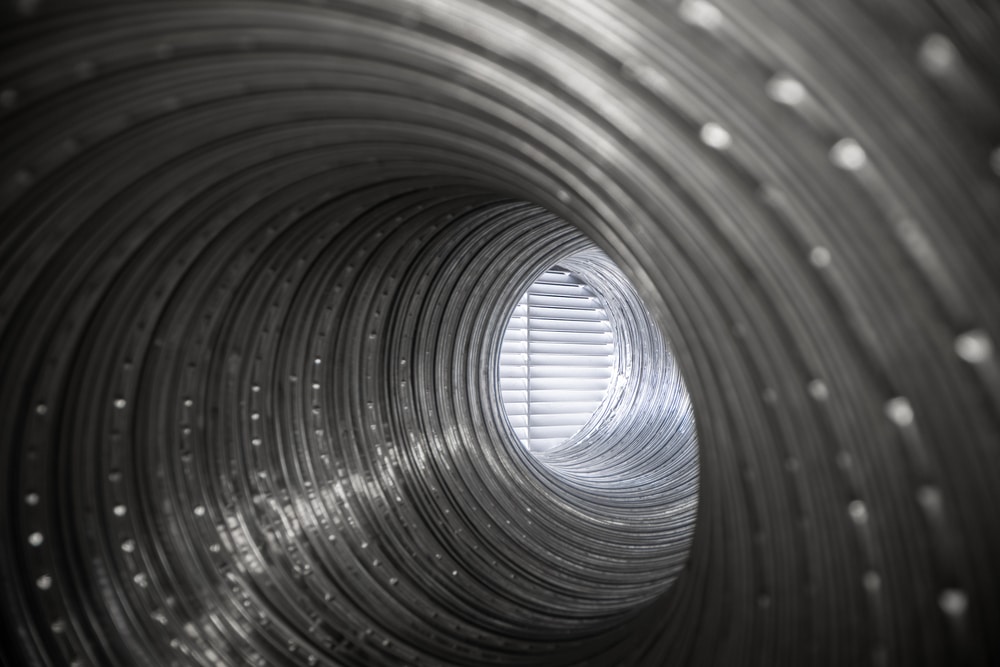
No. Spiral ducting and flexible ducting are two distinct types of air ducts used in ventilation systems, each offering unique advantages and disadvantages.
Spiral duct is typically made from rigid sheet metal, most commonly galvanized steel, but stainless steel can be used for specific needs. It has a round shape with a continuous helical seam, creating a smooth and leak-resistant design.
This makes spiral duct cost-effective, lightweight (compared to rectangular ducts made from the same gauge metal), and ideal for straight runs where efficient airflow and leak prevention are priorities.
However, it’s less flexible and requires additional fabrication or specialized fittings for bends and connections, making it unsuitable for tight spaces or complex layouts.
Flexible ducting, on the other hand, is constructed from lightweight metal foil, plastic, or fabric with reinforcing wires. This allows for a round or oval shape that can be easily bent and shaped to navigate tight spaces or complex layouts.
Flexible duct installation is often simpler due to its inherent flexibility, and it can even absorb some vibration. However, this flexibility comes at a cost, as flexible ducts are generally more expensive than spiral ducts. They are also less resistant to leaks, especially at connection points, and the corrugated interior can increase airflow resistance compared to the smooth interior of spiral ducts.
Furthermore, flexible ducts aren’t as strong or durable as spiral ducts, making them a less suitable choice for situations where the ducts will be exposed to wear and tear or harsh environments.
Is spiral ducting better than flexible?
Choosing between spiral and flexible duct depends on your specific application and priorities. If cost-efficiency, leak prevention, and good airflow are your main concerns, and your ventilation system primarily consists of straight runs, then a spiral duct might be the ideal choice.
However, if your needs prioritize easy installation in tight spaces or complex layouts, and some vibration absorption is required, then a flexible duct might be a better fit. Additionally, applications with high airflow requirements might benefit from the smoother interior of spiral ducts to minimize airflow resistance.
When making your final decision, consider factors like airflow requirements, durability needs, and accessibility for maintenance or future modifications. Consulting with a qualified HVAC professional can provide valuable guidance in selecting the most suitable type of ducting for your specific ventilation system design.
Purchase spiral ducting today
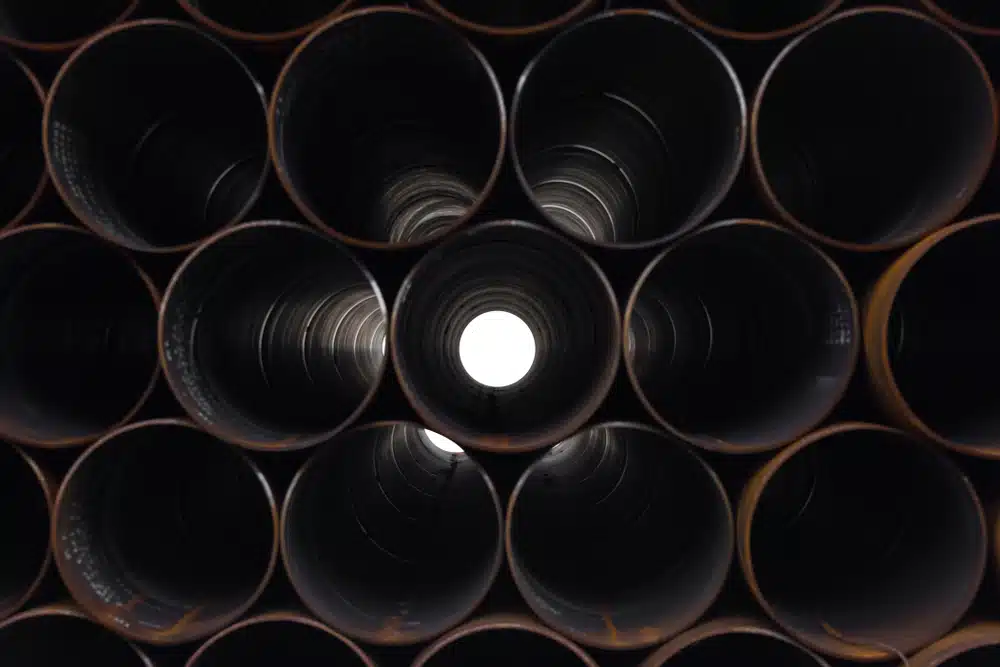
We at I-Sells endeavour to make sure our customers have all the information they need before choosing to invest in our mould solutions. Be sure to visit our blog page to gain knowledge on the wide array of factors and issues surrounding ventilation, mould, condensation, and much more.
We hope to have answered the question ‘What is spiral ducting?’
We understand you may have more questions, do not hesitate to contact us for more information with regard to whatever you need our help with. If you’d like to send us an email, click here. For other contact options, see below:
Call us on 020 8463 9696
Visit us at our showroom:
*OPENING TIMES*
Monday – Friday: 8:00 am to 5:30 pm
Saturday: 9:00 am to 12:00 pm
Sunday: Closed
15 St John’s Parade
Sidcup, Kent
DA14 6ES
United Kingdom


